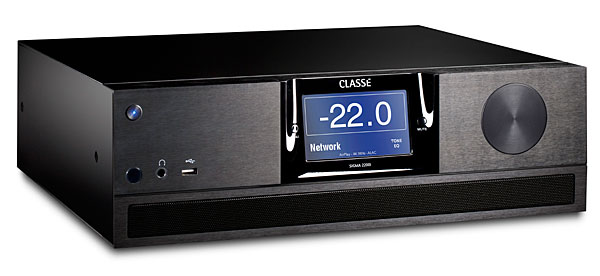| Columns Retired Columns & Blogs |
"I used Audio Precision's high-order AES17 high-pass filter when measuring distortion, as otherwise the reading would be obscured by the noise."
Hi JA, was this filter also used when measuring/presenting the (fig 9) 1kHz and (fig 10) 10kHz square wave screen shots?
Cheers George








































